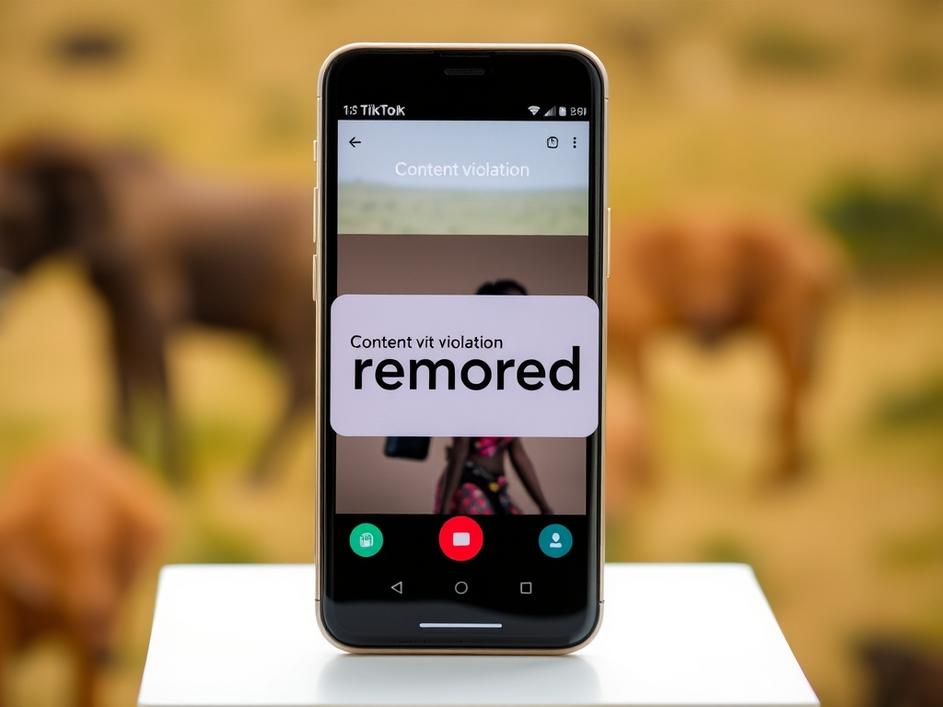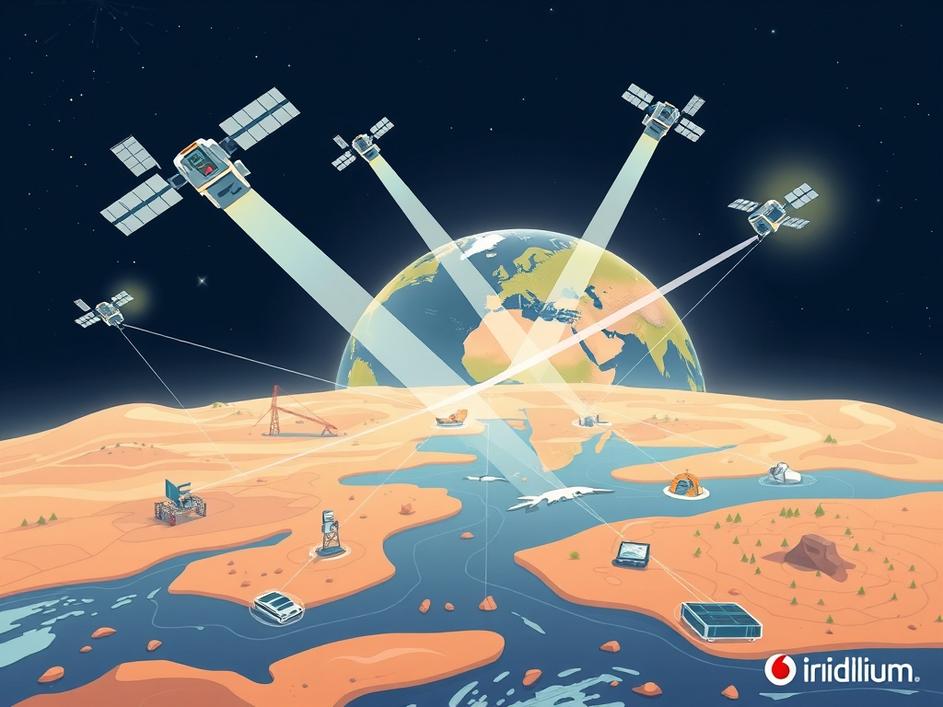


We are a digital agency helping businesses develop immersive, engaging, and user-focused web, app, and software solutions.
2310 Mira Vista Ave
Montrose, CA 91020
2500+ reviews based on client feedback

Remember when a press release felt like a formal, somewhat stuffy announcement? Just a block of text, maybe a logo, sent out into the world with a prayer. Well, things have changed. A lot. The world of communication moves fast, and how we tell our stories needs to keep up. We’re not just talking about minor tweaks; we’re seeing some pretty big shifts in how companies get their news out there. It’s all about reaching people effectively in a noisy digital landscape.
Recently, PR Newswire shared some interesting findings in their 2025 Global Report. This report pulls back the curtain on how communication professionals are actually working right now, and it points to some clear trends that are reshaping public relations. It’s not just theory; it’s what real people in the industry are doing to make sure their messages land. And one of the biggest takeaways? Our robot friends are officially in the building, helping out with the writing.
What's Included?
ToggleOne of the most eye-opening numbers from the report is this: over half – that’s 57% – of communication professionals are now using artificial intelligence tools to help them create press releases. Think about that for a second. It’s not just a niche group; it’s a significant chunk of the industry. This isn’t about AI completely taking over someone’s job. Instead, it seems like a lot of folks are finding AI to be a handy assistant, a digital partner in crime, if you will.
Why are so many people turning to AI? Well, imagine you need to draft several versions of a release for different audiences, or you’re up against a tight deadline. AI can help with initial drafts, summarizing key points, or even suggesting different angles. It can free up a communicator’s time to focus on the more strategic, creative parts of their job – like building relationships or refining the overall message. It’s a tool for efficiency, letting humans concentrate on the uniquely human parts of storytelling. So, while the robots might be helping write the words, the human brain is still guiding the narrative, making sure it sounds authentic and connects with people.
It’s not just about AI. The report also shows that almost every company – 9 out of 10, to be exact – is now putting multimedia elements into their press releases. This means we’re seeing more than just text. We’re getting images, videos, audio clips, and infographics mixed into those official announcements. This isn’t really a surprise when you think about how we consume content every day. Scroll through any social media feed, and what catches your eye? It’s usually a compelling image or a short video, right?
In our modern world, simply reading a block of text can feel a bit old-fashioned. People want to see and hear the story. Including multimedia makes a press release more engaging, more shareable, and much more likely to grab attention. A strong image can convey emotion faster than a paragraph of words. A short video can explain a complex product in seconds. This move isn’t just about making things look pretty; it’s a strategic choice to make content more accessible and impactful, helping it stand out in a crowded digital space.
Here’s another smart move communicators are making: almost all of them, a staggering 91%, are reusing their press release content on other channels. This is super smart. Think of a press release as the foundational stone for your message. Once you’ve crafted that core announcement, why let it sit there? You can take pieces of it, rephrase them, and share them across your social media, blog posts, email newsletters, or even turn them into snippets for a podcast.
This approach isn’t just about saving time (though it certainly helps!). It’s about getting the most value out of your content and ensuring a consistent message everywhere your audience might be. It means your news isn’t just a one-off announcement; it becomes part of a bigger content strategy. By tailoring the same core information for different platforms, companies can reach wider audiences and reinforce their message in various formats, which is key to really making an impact today.
With all this talk about new tech and changing habits, some might wonder if the traditional press release is even relevant anymore. The report suggests a strong “yes.” For more than half of companies, press releases are still increasing their visibility. This is a big deal. Even with all the digital noise, a well-crafted and strategically distributed press release continues to be a powerful tool.
They offer credibility. They provide an official record of an announcement. They can help with search engine optimization (SEO), making it easier for people to find your news when they search online. And they still serve as a go-to resource for journalists and media outlets looking for verifiable information. So, while the format and distribution methods are evolving, the core purpose of a press release – to formally announce news and build trust – remains absolutely vital. It’s not about ditching them, but about supercharging them for the modern age.
So, we have AI helping write, multimedia making stories pop, and content stretching across many platforms. It might sound like machines are taking over, but that’s not really the case. All these tools and strategies still need a human brain at the helm. Communication professionals are more important than ever. They’re the ones setting the strategy, understanding the audience, deciding which stories matter, and ensuring the brand’s voice shines through.
AI can draft, but a human refines and adds nuance. Multimedia can engage, but a human decides what images or videos best tell the story. Content reuse is efficient, but a human crafts the adaptations for each platform. The technology is there to enhance human capability, not replace it. It allows comms pros to be more strategic, more creative, and more impactful in how they connect with the world. It’s an exciting time to be in communications, blending smart technology with truly human storytelling.
The PR Newswire report gives us a clear picture of where communications is headed. It’s a landscape where technology and human creativity work hand-in-hand. From AI drafting assistance to rich multimedia storytelling and smart content reuse, the way we share news is becoming more dynamic and effective. For businesses looking to stand out, embracing these trends isn’t just a good idea – it’s becoming a necessity. It’s about being adaptable, using the best tools available, and always remembering that at the heart of every great story is a real connection with people.



Leave a reply